The sitter in this panel portrait has been depicted wearing one of the most resplendent costume pieces of this period - the silk doublet, tailored with deep slashing to reveal a layer of pink silk beneath. The style of ruff collar became fashionable from around 1620. The extraordinary costume with its shimmering quality and costly fabrics and lace was an important marker of the wealth and status of the wearer. The manner in which portraits were painted was set out by the terms of the commission and usually marked significant life events such as a betrothal, a death, elevation of rank… but almost always was a form of propaganda to emphasise the wealth and importance of the sitter. Our portrait proclaims to every onlooker that this is a superior being.
Historically, the sitter represented is Sir Walter Raleigh (c.1554-1618) who was a notorious English adventurer and writer, a favourite of Queen Elizabeth I. Accused of treason by Elizabeth’s successor, James I, he was imprisoned in the Tower of London and eventually put to death. There is an indistinct inscription on an old label on the reverse of the panel “Si? W…” and a presentation label on the frame “Sir Walter Raleigh Cornelius Jansen”. The work is very good in its description of the sitter’s character and good quality excellent example of early English portraiture.
The Harley family is of ancient lineage, one authority claiming it pre-dates the Norman Conquest (the name may be taken from the Shropshire village of Harley, possibly the ancient seat of the family). The first members of the family to impinge on national life were the brothers Malcolm de Harley, who became chaplain to Edward I, and Sir Richard, who was the first Harley to be elected to Parliament as Knight of the Shire for Shropshire in 1300. The latter's eldest son. Sir Robert (d.1349), married in 1309 Margaret, eldest daughter and heir of Brian de Brampton (d.1293), thus acquiring the seat of Brampton Bryan in the far north-west corner of Herefordshire. The estate descended from Sir Robert through more than twenty-one generations (and 700 years) to the current residents, Edward and Victoria Harley. As the Harley property in London was centred on Cavendish Square many famous London streets are named after the family such as Harley Street, Oxford Street, Wigmore Street, Wimpole Street, Holles Street, Henrietta Place, and Cavendish Square.
Edward Harley, 2nd Earl of Oxford, was the only son of Robert, 1st Earl of Oxford and his first wife Elizabeth (Foley) and was born 2nd June 1689 (it would be no exaggeration to say that his father, Robert Harley and Robert Walpole, were the most influential, and in stature the greatest politicians of the first half of the eighteenth century). Edward became a Member of Parliament, High Steward of Cambridge and Fellow of the Royal Society. He married Henrietta Cavendish Holles, daughter of John Holles, 4th Earl of Clare (later Duke of Newcastle) and his wife Lady Margaret.
Edward was a great bibliophile and much of his money went on extending his father's collection of books and manuscripts. The manuscripts, which his widow sold to The British Museum in 1753, formed one of the museum’s three founding collections, a fitting monument to Robert Harley and his family. He was buried on 25th June 1741 in the vault of the Duke of Newcastle in Westminster Abbey.
Cornelius Johnson (1593-1661) was an English painter of portraits of Dutch or Flemish parentage and in 1632, appointed as "his Majesty's servant in the quality of Picture drawer" by Charles I. Prolific and successful in his own lifetime but today is largely, and undeservedly, the ‘forgotten’ seventeenth century British artist. His surviving works, all of which are portraits plus a handful of portrait related drawings are found in most public collection in Britain and in many private collections – and often seen on the walls of British country houses, in the possession of descendants of the sitters. Although he lived and worked in Britain and the Netherlands he has been surprisingly neglected in both British and Dutch art history.
Johnson was the first British-born artist working in large to regularly sign his paintings (often dating them as well). His meticulous attention to detail and virtuosity at depicting the attire affords a valuable resource to art and fashion historian.
In 1622, when he married Elizabeth Beck, herself from a Dutch migrant family based in Colchester, he was living in London around Blackfriars was popular with immigrant craftsmen of many different trades, because it was outside the jurisdiction of the guilds of the City of London. Throughout the 1620s, Johnson was clearly extremely busy, producing portraits for an increasingly important client base. It is thought that he setup a workshop, with assistants to meet the demand.
It is thought that Johnson worked, at least some of the time in 1631, in the studio of his almost exact contemporary, Daniel Mytens who was court painter to James I and also Charles I. One of Mytens’ full-length portraits of Charles I, dated 1631, is signed by Johnson (Devonshire Collection at Chatsworth, Derbyshire).
In 1632 Johnson was appointed Charles I’s ‘servant in ye quality of Picture Drawer’. However, Anthony van Dyck had arrived in London and had begun to work for Charles I, who had appointed him ‘principalle Paynter in Ordinary to their Majesties’. However socially and professionally ambitious Johnson may have been, the overwhelming success of Van Dyck must have presented him with a considerable challenge. When Van Dyck died less than ten years later, the political situation in England was deteriorating, and the King and Court left London early in 1642, and much of England’s immigrant artists left the country. Johnson and his family emigrated to the Netherlands in 1643 where he continued his trade and was considered a leading portrait-painter there. He died a very wealthy man.
Provenance:
Said to be the painting sold Cock auctioneers London, 10th March 1742, Lot 38, The property of Edward Harley, 2nd Earl of Oxford described as “Sir Walter Raleigh by Cornelius Johnson”;
Said to be the painting sold Christies London, 24th March 1810, Lot 16, The Property of Arnold Mello of Clapham Common London, described as “Sir Walter Raleigh by C Jansens”
Measurements:
Height 77cm, Width 62.5cm framed (Height 30.25”, Width 24.5” framed)












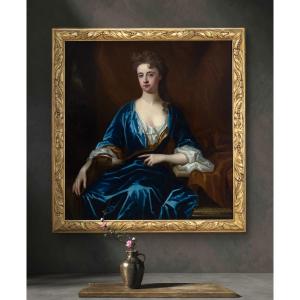
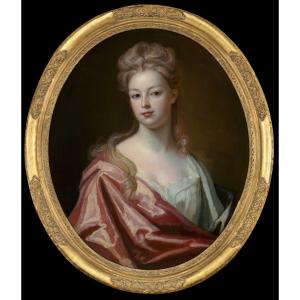
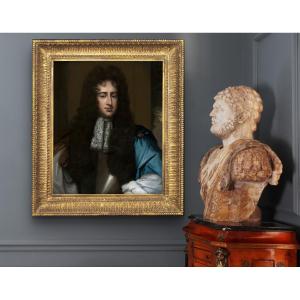


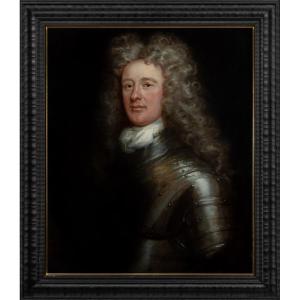
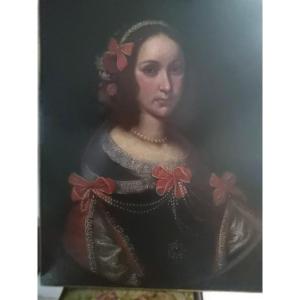
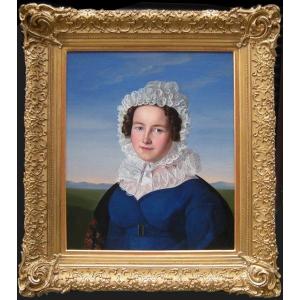
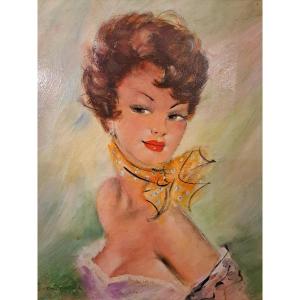


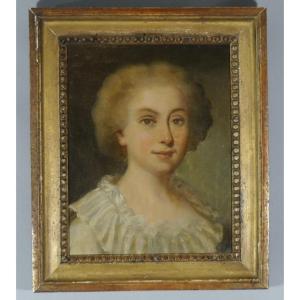



 Le Magazine de PROANTIC
Le Magazine de PROANTIC TRÉSORS Magazine
TRÉSORS Magazine Rivista Artiquariato
Rivista Artiquariato
